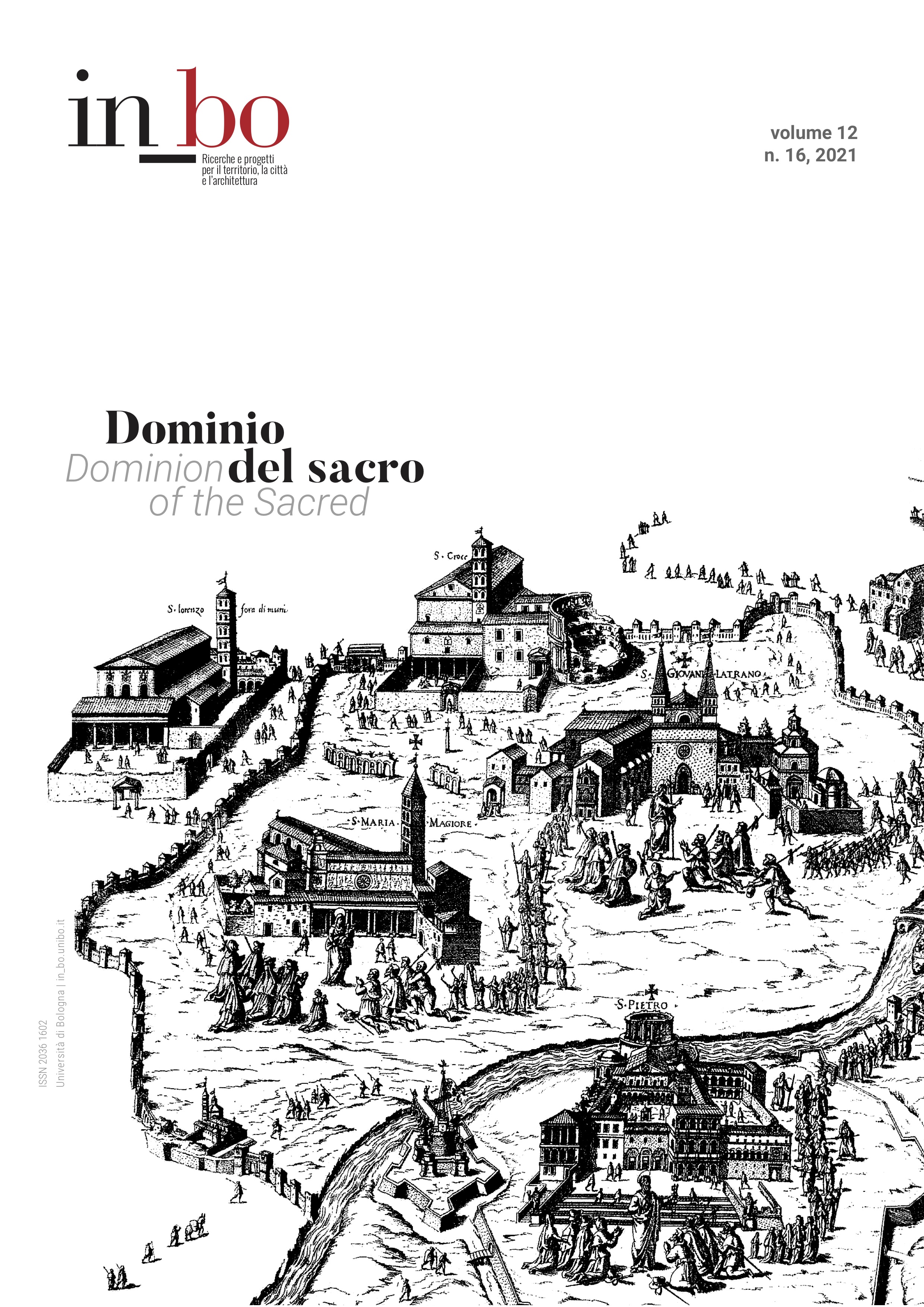An Augustinian Hypothesis on the Origin of Twin Courtyards in Bologna during the Renaissance
DOI:
https://doi.org/10.6092/issn.2036-1602/13935Keywords:
Antonio di Vincenzo, Augustinian architecture, Bologna, courtyards, RenaissanceAbstract
A particular type of courtyard, characterized by vaulted loggias on two levels, spread among the palaces of Bologna during the Renaissance: its upper arches have a double rhythm compared to the lower ones. Some can still be appreciated today, among the many surviving examples, in the Ghisilardi and Sanuti Bevilacqua palaces. Their diffusion was due to the imposing and lost ‘Domus magna’ of Sante and Giovanni Bentivoglio. However, it is believed that the Bolognese origin of this twin system should not be considered bentivolesque and even less "Lombard", as reported by some. This is due to the fact that, in Lombardy, the first courtyards of this type are later than those of Bologna and also denote an antiquarian ancestry extraneous to the Bolognese architectural culture of the fifteenth century. The oldest local example, directly attributable to the twin type, seems to be an architectural piece belonging to the second cloister, that of the Dead, of the Convent of S. Giacomo Maggiore, completed in 1385. At that time, Andrea Artusi was prior and governed the eremitana congregation between 1368 and 1371. This essay attributes the authorship of the Augustinian courtyard to Antonio di Vincenzo, the great architect of San Petronio, retracing its early nineteenth-century transformations when the convent space was included in the informal garden of the Ticino architect Giovanni Battista Martinetti and his wife Cornelia Rossi, a well-known cultural host.
Downloads
Published
How to Cite
Issue
Section
License
Copyright (c) 2021 Sergio Bettini

This work is licensed under a Creative Commons Attribution-NonCommercial 3.0 Unported License.





